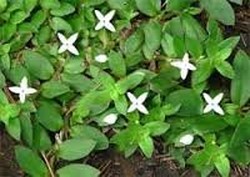 Virginia Button Weed
Virginia Button Weed This summer was hot, but instead of being hot and dry we experienced several rainy weather patterns that were welcomed by most gardeners. Instead of having to provide supplemental water for lawns, gardens and landscape beds, timely rains kept this practice to a minimum. However, there are always two sides to every coin. This summer was no exception. The down side was that many weeds also benefited from timely rainfall, and as a result weeds – especially in home lawns This summer was hot, but instead of being hot and dry we experienced several rainy weather patterns that were welcomed by most gardeners. Instead of having to provide supplemental water for lawns, gardens and landscape beds, timely rains kept this practice to a minimum. However, there are always two sides to every coin. This summer was no exception. The down side was that many weeds also benefited from timely rainfall, and as a result weeds – especially in home lawns have vigorously grown. Beginning about mid-summer, I began spending a lot of time identifying lawn weeds and control recommendations. For this month's article I will focus on the prolific growth of Virginia Button Weed. Virginia Button Weed is a low growing perennial broadleaf weed, characterized by small green seed capsules and white star shaped flowers. The fact that it is low growing allows it to form an almost a solid mat that will choke and out compete lawn grasses, including St Augustine, Centipede, Zoysia, Bermuda and other warm season turf grass. Mother nature has designed this weed to survive. It thrives in moist or low poorly drained areas of the lawn. It is also very drought tolerant. Even when other lawn grasses are under stress from drought, Virginia Button Weed seems to thrive. Being such a low growing weed that hugs the ground, we cannot ignore that when we mow St Augustine grass lower than 3 inches, we place the grass at a competitive disadvantage with the Virginia Button Weed.
The question that always comes up from gardeners is why is this weed so hard to control once it becomes established. The first thing we need to realize is that it is a perennial weed; it will return year after year, becoming more established if some type of control method is not applied. Additionally the plant has an extensive root system which develops underground rhizomes that can be found several feet deep into the soil. It also reproduces not only by seeds which are produced above and below ground, but each piece of stem or root can also produce roots. Because it has what is referred to as a prostrate growth habit, lowering mowing height to kill it will not work.
Virginia Button Weed is one of the most difficult to control weeds in turf grass, leading to a ranking by Mississippi State as its worse lawn weed and Tennessee Extension Agents describes it as "one of the most difficult broadleaf weeds in turf." Thankfully Dr. Ron Strahan of the LSU AgCenter dedicates a lot of his time and research evaluating methods of control and evaluating the effectiveness of herbicides against this difficult- to-control weed. Hand removal is often ineffective because when pulling the plant it breaks into pieces and any piece of root, stem, or rhizome that remains in the soil can produce a viable plant. Compound that with both above and below ground seeds and you start to get the picture. When hand pulling care must be taken to remove as much of the plant roots as much as possible. Discard or burn every part of the plant that is removed. Then this must be followed up with inspections every couple of weeks of the area to remove any young plants that emerge.
The herbicide control program that has proven most effective, according to Dr. Ron Strahan, is a combination of Ortho Weed B Gon or Fertilome Weed Free Zone plus two additional options. One is MSM Turf; the other is Celsius. The first two products, Ortho and Fertilome, can be found at retail garden. Both are four-way blends of herbicides for homeowner use. These homeowner herbicides are primarily targeting broadleaf weeds in lawns. It should be noted, however, that even though these herbicides are formulated not to damage turf grasses, when applied to turf grasses when daytime temperatures are 85° degrees and above, turf injury (yellowing) may occur. Even though the turf usually recovers, it still may be objectionable to some homeowners. The other two herbicides, MSM Turf and Celsius, are both effective on Virginia Button Weed but less likely to cause turf injury when applied to turf when temperatures are 85° degrees and above. Both of these herbicides are considered commercial herbicides and will need to be obtained at outlets that stock commercial products. Because of the Ortho or the Fertilome product caveat against 85° degree temperature and above, it is better to use them in spring before temperatures get hot. Once temperatures rise to the mid 80's or above, either MSM Turf or Celsius should be applied. So the spraying schedule should be:
• April – May before daytime temperatures rise above 85° degrees — apply either Ortho Weed B Gon or Fertilome Weed Free Zone at 2 ounces per gallon of water. Make two to three applications 10 to 14 days apart.
• Beginning in June or once daytime temperatures rises above 85° degrees – apply either MSM Turf or Celsius ever four to six weeks until mid - October and follow all label directions for rates on these two products.
If the above herbicide spray program is followed from Spring to Fall, this should significantly weaken and reduce the infestation of Virginia Button Weed. Dr. Ron Strahan recommends that once we get deep into the Fall, hand pulling the Virginia Button Weed and discarding the material will significantly reduce the seed numbers which will reduce the number of plants that will sprout the following spring. Even though Virginia Button Weed is a very hard weed to control, I believe that determination and persistence will reward your efforts. I would just like to remind you that anytime you use any pesticide in a manner that is not consistent with its label, you are breaking the law. Always follow all label directions in the use of any pesticide. Remember the label is the law and it is for your safety, the safety of others, the safety of pets and to lessen the impact on the environment.

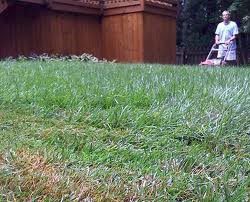
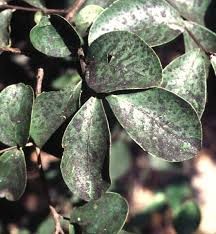
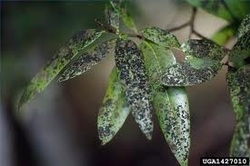
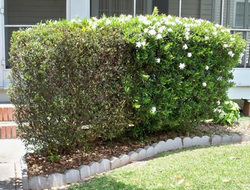
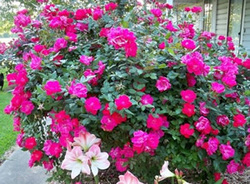
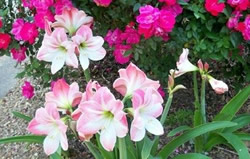
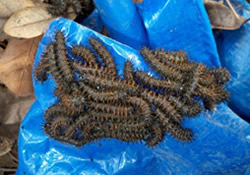
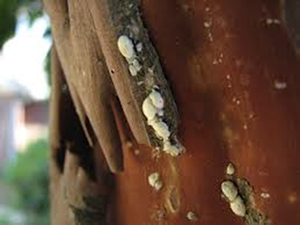

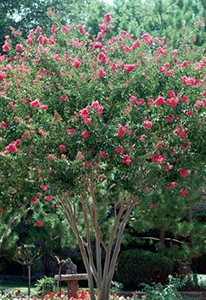
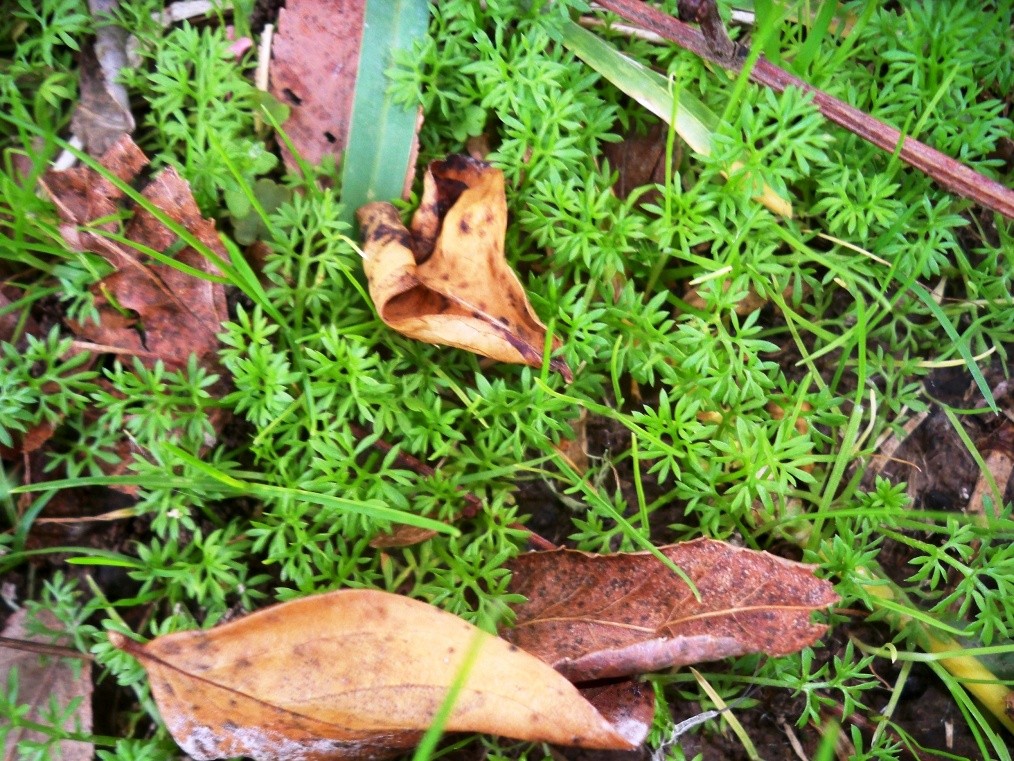
 RSS Feed
RSS Feed